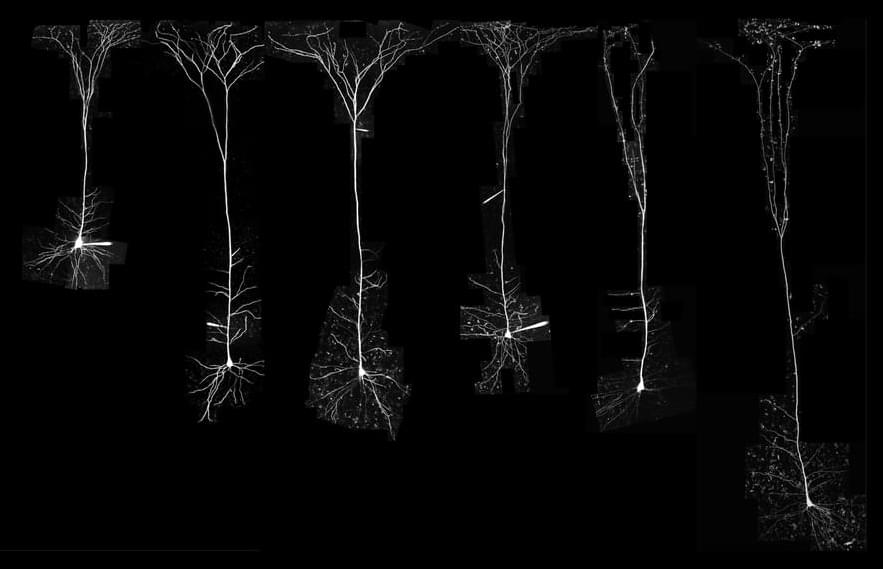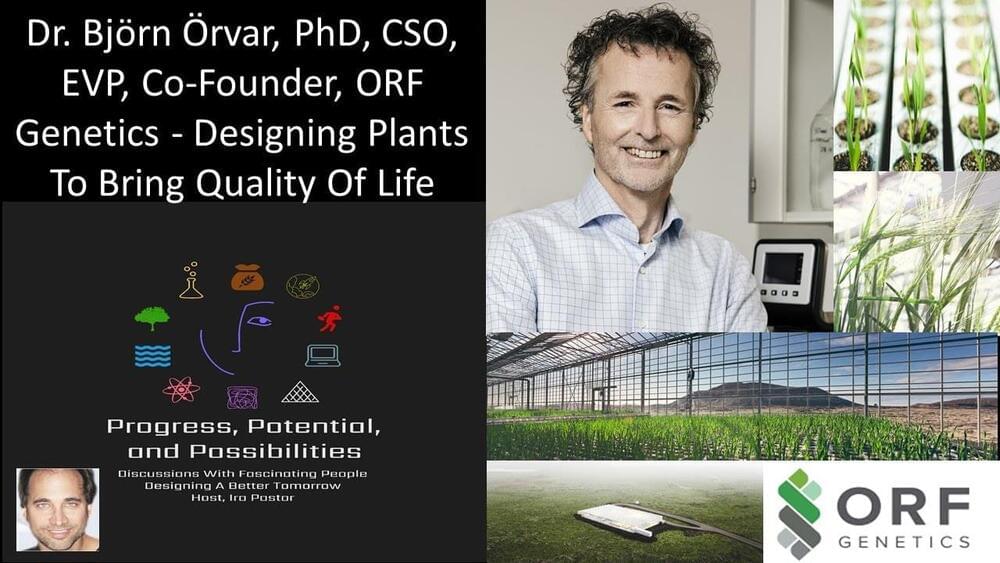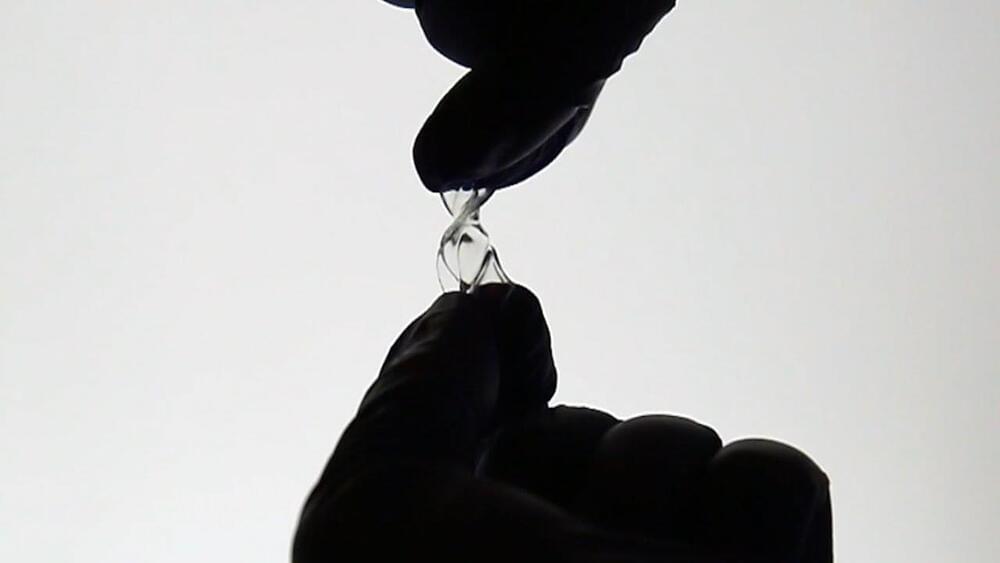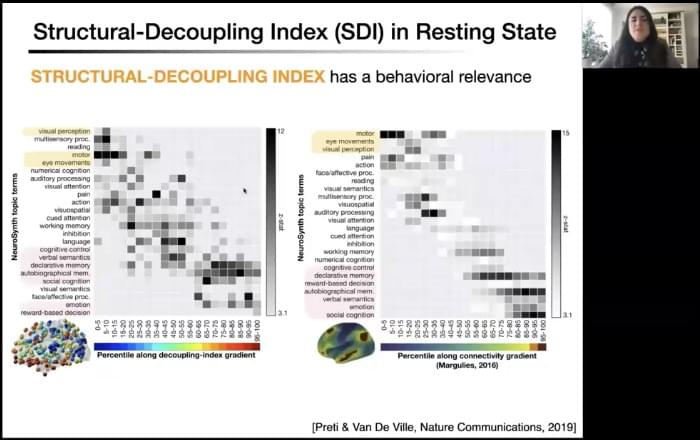Nov 10, 2021
Study finds a striking difference between neurons of humans and other mammals
Posted by Gemechu Taye in category: neuroscience
Human neurons have fewer ion channels, which might have allowed the human brain to divert energy to other neural processes.
Neurons communicate with each other via electrical impulses, which are produced by ion channels that control the flow of ions such as potassium and sodium. In a surprising new finding, MIT neuroscientists have shown that human neurons have a much smaller number of these channels than expected, compared to the neurons of other mammals.
The researchers hypothesize that this reduction in channel density may have helped the human brain evolve to operate more efficiently, allowing it to divert resources to other energy-intensive processes that are required to perform complex cognitive tasks.
Continue reading “Study finds a striking difference between neurons of humans and other mammals” »


















